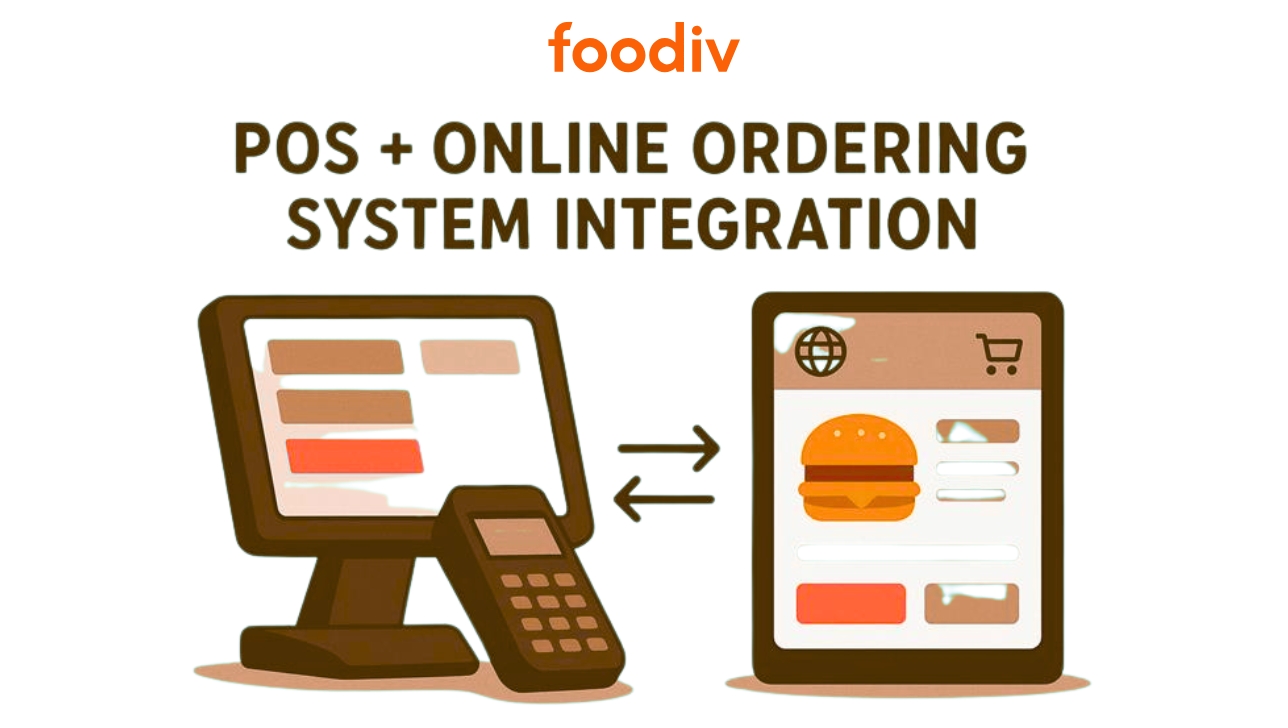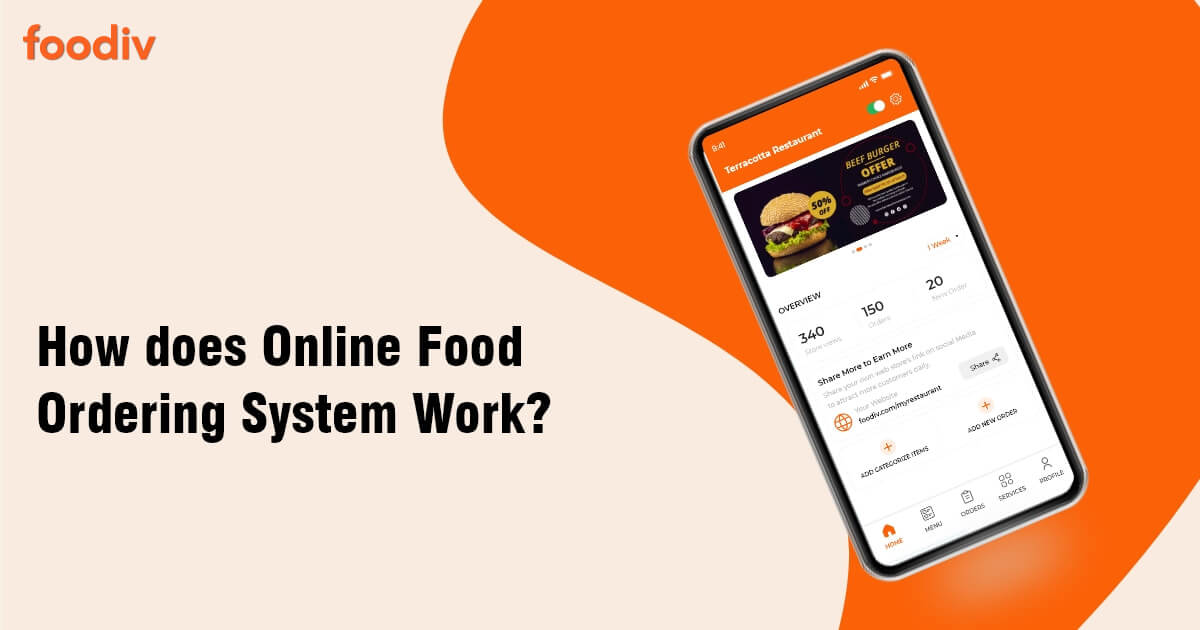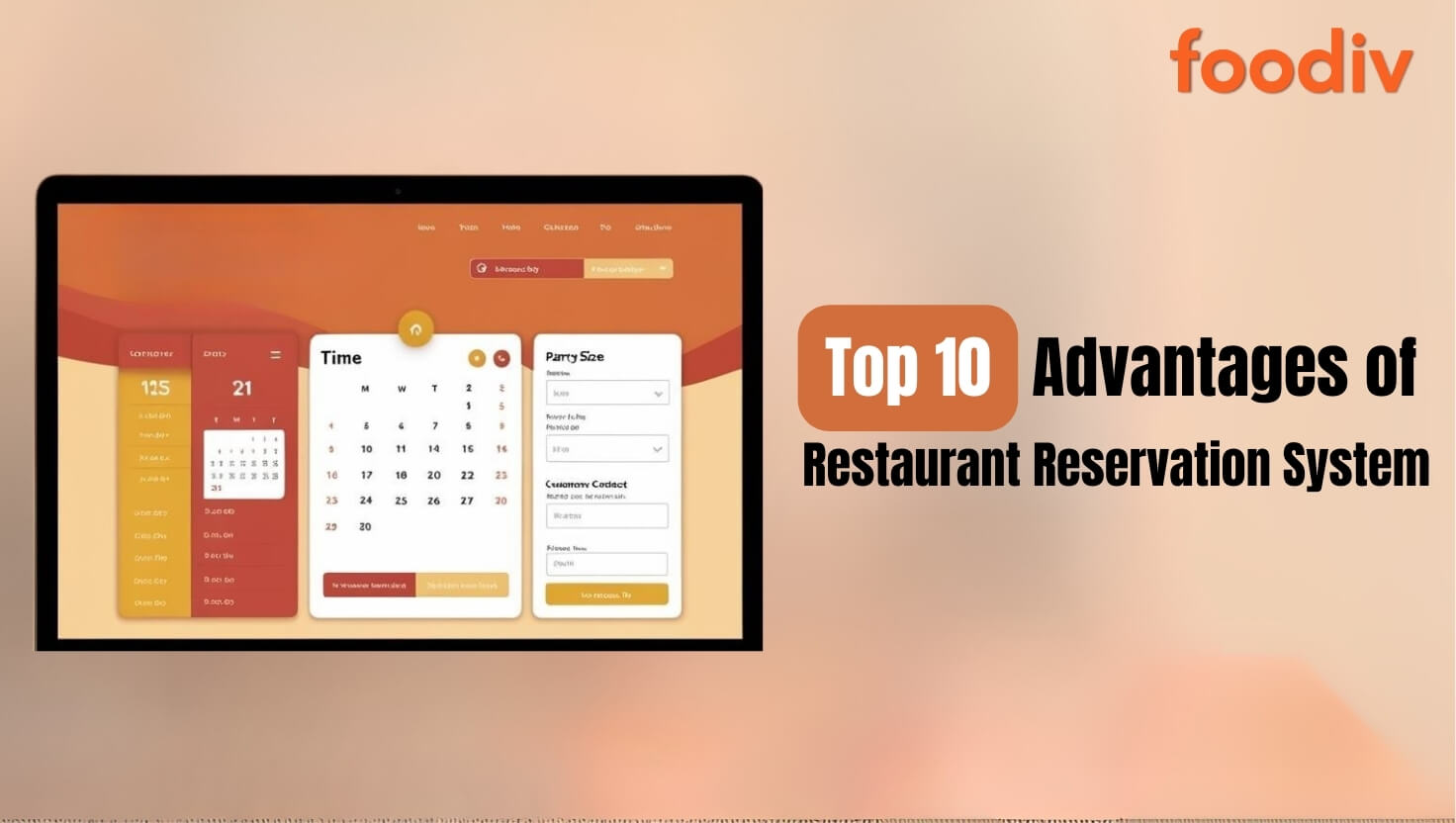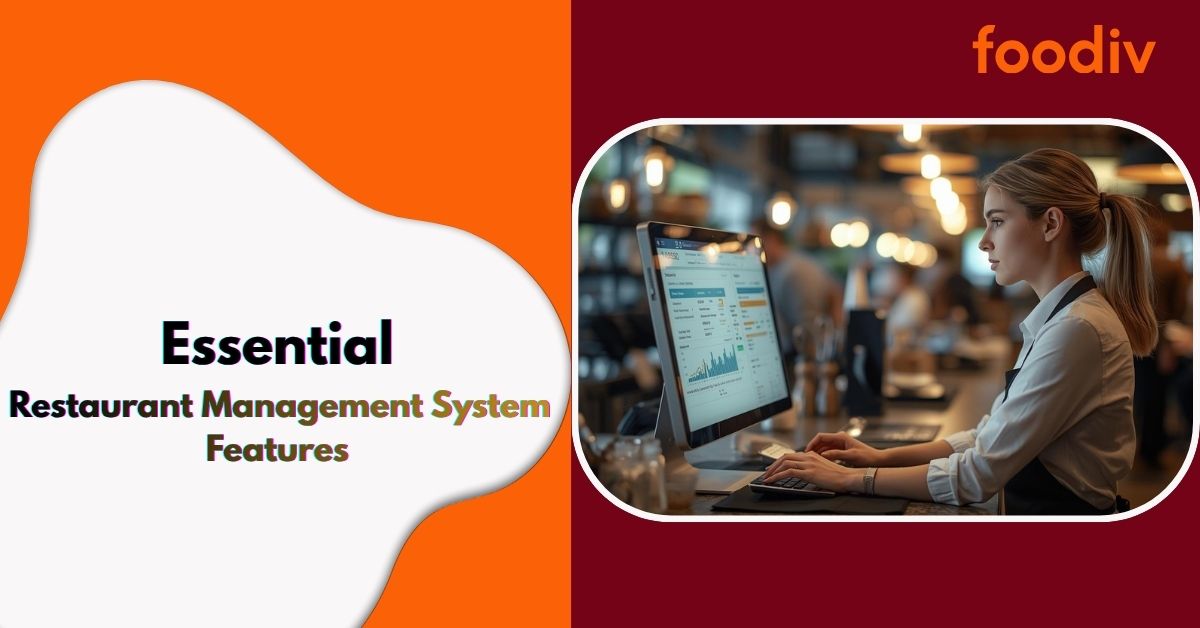
In today’s highly competitive restaurant industry, simply offering good food is no longer enough to attract and retain customers. Diners now expect convenience, speed, and accuracy whether they are ordering in-person, online for pickup, or through delivery services. To meet these demands, restaurants are increasingly turning to technology to streamline operations and enhance the overall customer experience. A Food ordering system plays a pivotal role in this transformation.
Food ordering systems allow customers to place orders directly from a restaurant’s website or mobile application. This reduces wait times and minimizes human error in order-taking. For example, a customer ordering through a mobile app can specify special requests or dietary preferences, and these instructions are transmitted automatically to the kitchen, eliminating the risk of miscommunication.
From the restaurant’s perspective, integrating a food ordering system with a robust POS (point-of-sale) system ensures that all orders—both online and in-house—are tracked, processed, and fulfilled accurately. This integration helps staff stay organized, reduces chaos during peak hours, and allows management to make data-driven decisions. Restaurants can monitor order trends, analyze customer preferences, and adjust staffing or inventory levels accordingly.
Additionally, this technology empowers restaurants to scale effectively. Whether a single-location café or a multi-outlet chain, using integrated systems ensures operational consistency across all locations. Ultimately, a seamless combination of a food ordering system and a POS solution enhances efficiency, reduces errors, and delivers a superior dining experience that keeps customers coming back for more.
Why POS + Online Ordering Integration is Important?
Managing multiple sales channels can be overwhelming for restaurants without the right tools. Restaurants need to handle in-house orders, online orders, delivery requests, and inventory management all at once. When these systems operate separately, staff often have to manually input online orders into the POS system, leading to delays, mistakes, and unhappy customers. This is where integrating a POS system with online ordering becomes critical.
Centralized Order Management
Integration ensures that every order, whether placed online, through a mobile app, or at the counter, appears in a single centralized system. This allows staff to:
- Track orders in real-time: No need to check multiple systems or manually confirm online orders.
- Reduce errors: Orders are transmitted directly to the kitchen, minimizing mistakes caused by miscommunication.
- Improve workflow: Kitchen staff can prioritize orders efficiently, reducing wait times for customers.
Real-Time Inventory Tracking
Integrated systems automatically update inventory as orders are processed. This ensures that menu items are accurately displayed to customers online, preventing situations where an item is listed but actually out of stock. Benefits include:
- Preventing overselling: Customers won’t order items that are unavailable, avoiding frustration and cancellations.
- Optimizing stock management: Restaurants can plan purchases and reduce food waste.
- Saving staff time: No manual inventory updates are needed at the end of the day.
Enhanced Customer Experience
When POS and online ordering are integrated, the customer journey becomes seamless. Customers benefit from:
- Accurate orders: Every special request or modification is captured correctly.
- Faster service: Orders are instantly sent to the kitchen without delays.
- Consistency: Both dine-in and online customers receive the same high-quality experience.
Data-Driven Insights
Integration also provides restaurants with comprehensive analytics that combine data from both in-house and online orders. Managers can use this information to:
- Identify peak hours: Allocate staff and kitchen resources efficiently.
- Analyze sales trends: Understand which menu items are most popular and when.
- Optimize promotions: Target marketing campaigns to specific customer segments based on their ordering behavior.
- Forecast demand: Plan inventory and reduce food waste by anticipating customer preferences.
In short, the integration of POS with online ordering is no longer optional—it is essential for restaurants that want to streamline operations, reduce errors, and provide a superior dining experience. By centralizing orders, automating inventory, and generating actionable insights, restaurants can stay ahead in a highly competitive market.
How Restaurants Implement POS and Online Ordering Integration
Integrating a POS system with online ordering is more than just connecting software; it requires careful planning, the right tools, and strategic execution. A PoS for Restaurant is specifically designed to manage multiple sales channels efficiently, ensuring seamless order processing and accurate reporting. Here’s how restaurants typically implement this integration:
Step 1: Choose Compatible Platforms
Not all POS systems are compatible with every online ordering platform. Restaurants need to select software solutions that allow real-time synchronization between online orders, in-house orders, and inventory. Considerations include:
- Integration capabilities: Ensure the POS can connect easily with online ordering platforms, apps, and third-party delivery services.
- Scalability: The system should support future expansion, whether adding new menu items, additional locations, or new sales channels.
- Ease of use: The platform should be intuitive for staff to minimize training time and reduce operational errors.
Step 2: Streamline Menu Management
Integrated systems allow menu changes to reflect automatically across all channels. This ensures that the online menu, in-store menu, and third-party delivery apps always match, reducing errors and improving customer trust.
- Automated updates: When an item sells out or prices change, all channels are updated instantly.
- Consistency: Customers ordering online see the same menu as in the restaurant, minimizing confusion.
- Customizable options: Special offers, combos, or dietary tags can be displayed across all platforms without manual duplication.
Step 3: Train Staff Effectively
Even the best system is ineffective without proper training. Staff must understand how to manage online and offline orders, update inventory, and troubleshoot common issues.
- Operational training: Teach staff how to receive, prioritize, and fulfill orders efficiently.
- System usage: Ensure they are comfortable navigating the POS dashboard and handling order modifications.
- Customer interaction: Train staff to handle customer queries regarding online orders smoothly and professionally.
Step 4: Leverage Reporting Tools
One of the most powerful aspects of integration is data collection. A POS system with online ordering integration can generate actionable insights:
- Sales analytics: Track which items sell best at specific times or locations.
- Inventory tracking: Monitor stock usage patterns to forecast demand and reduce waste.
- Customer behavior: Understand repeat customers and tailor promotions or loyalty programs accordingly.
Step 5: Setting Up the POS System
For restaurants implementing a new POS system, setting up a POS system involves multiple steps:
- Hardware installation: Choose the right POS terminals, printers, tablets, and payment devices suitable for the restaurant layout.
- Software configuration: Customize menus, taxes, payment methods, and order workflows.
- Workflow alignment: Ensure the system matches kitchen processes, from receiving orders to preparing dishes and completing payments.
- Testing and troubleshooting: Conduct trial runs to identify potential issues before going live with full operations.
By following these steps, restaurants can achieve a seamless integration that improves operational efficiency, enhances customer satisfaction, and reduces errors in every aspect of the ordering and fulfillment process.
Key Benefits of POS + Online Ordering Integration
Integrating a POS system with online ordering offers restaurants numerous advantages beyond just streamlining operations. This combination improves efficiency, enhances customer satisfaction, and drives business growth. Let’s explore the key benefits in detail:
1. Streamlined Operations
One of the most significant benefits is operational efficiency. When orders from multiple channels are consolidated into a single system, staff can manage them more effectively. This leads to:
- Faster order processing: Orders are automatically sent to the kitchen, reducing wait times and errors.
- Reduced manual entry: Eliminates the need for staff to manually input online orders into the POS system.
- Simplified reporting: All sales data is collected in one place, making it easier to generate reports and analyze performance.
2. Improved Accuracy
Errors in orders can negatively impact customer satisfaction and lead to lost revenue. Integration ensures:
- Accurate order fulfillment: Special requests, modifications, and dietary preferences are captured automatically.
- Real-time updates: Stock availability is updated instantly across all sales channels.
- Reduced human error: Automation minimizes mistakes that occur when transferring orders manually.
3. Enhanced Customer Experience
Customer satisfaction is at the core of any successful restaurant. POS and online ordering integration improves the customer experience in several ways:
- Consistent service: Whether dining in, ordering online, or opting for delivery, customers receive a seamless experience.
- Faster service: Integrated orders allow the kitchen to start preparing food immediately.
- Transparent communication: Customers can track their order status in real-time and receive notifications for delays or changes.
4. Better Inventory Management
Maintaining accurate inventory levels is essential for profitability. Integration allows restaurants to:
- Monitor stock in real-time: Automatically adjust inventory levels as orders are processed.
- Prevent over-ordering or stockouts: Ensure popular items are always available while reducing waste.
- Optimize purchasing: Make informed decisions about ingredient orders based on actual demand trends.
5. Actionable Insights and Reporting
Data is a restaurant’s most powerful tool for growth. An integrated system provides comprehensive insights, helping management to:
- Analyze sales trends: Identify peak hours, popular dishes, and customer preferences.
- Plan staffing efficiently: Allocate kitchen and front-of-house staff according to demand.
- Make data-driven marketing decisions: Use customer data to create targeted promotions and loyalty programs.
6. Scalability and Future Growth
For restaurants planning to expand, integration supports scalability:
- Multiple locations: Maintain consistent operations across several outlets.
- New sales channels: Easily integrate additional online ordering platforms or delivery services.
- Adaptability: Stay ahead of technological trends and customer expectations without overhauling your system.
Overall, integrating a POS system with online ordering not only improves day-to-day operations but also supports long-term business growth. By streamlining processes, reducing errors, and providing actionable insights, restaurants can deliver a superior customer experience and maintain a competitive edge.
Conclusion
In today’s fast-paced restaurant industry, efficiency, accuracy, and customer satisfaction are key to staying competitive. Integrating a POS system with online ordering is no longer optional—it is essential for restaurants that want to streamline operations, reduce errors, and enhance the overall dining experience.
By centralizing orders, automating inventory updates, and providing actionable insights, this integration allows restaurants to manage both in-house and online sales seamlessly. Staff can focus on delivering high-quality service, while management gains access to valuable data for informed decision-making. Customers, in turn, enjoy accurate orders, faster service, and a more reliable dining experience.
For restaurants looking to implement these systems, choosing the right restaurant POS system is a critical first step. A robust POS system ensures smooth integration with online ordering platforms, supports scalability, and provides comprehensive reporting features. Ultimately, investing in POS and online ordering integration is an investment in operational excellence, customer satisfaction, and long-term growth.











